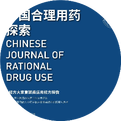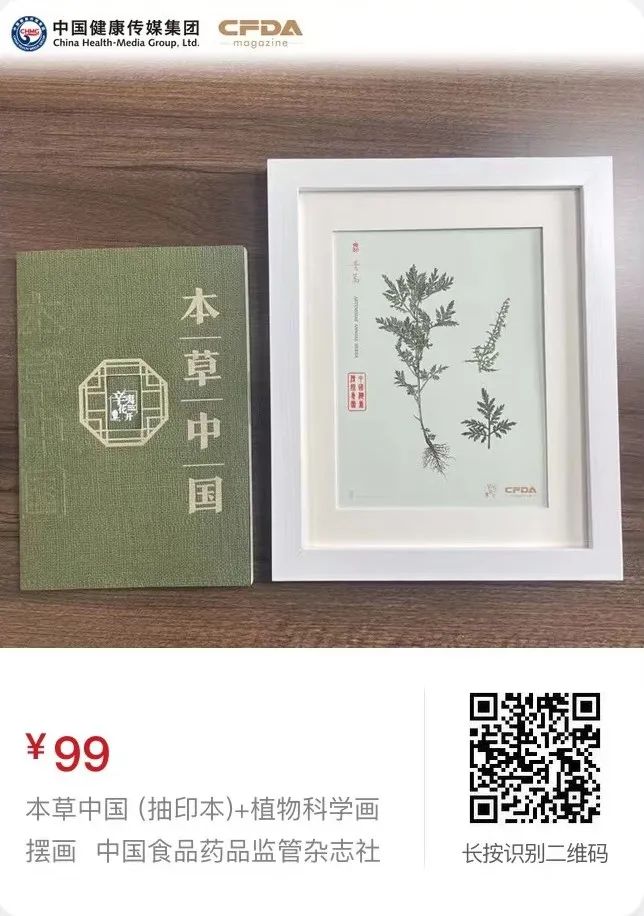When we take some traditional Chinese patent medicines, we often find that the same medicine comes in different forms, including ordinary pills (Shuǐ Mì Wán and Dà Mì Wán), concentrated pills, and decoctions, with significant price differences.So, what are the differences among these three forms? Some people may even fall into misconceptions, such as whether concentrated pills, being concentrated, have poorer absorption.How should we choose our medications?First, let’s look at how these different forms are processed. We will take Guī Pí Wán (Gui Pi Pill) and Guī Pí Hé Jì (Gui Pi Decoction) as examples, as the methods for these forms are recorded in the “Chinese Pharmacopoeia”.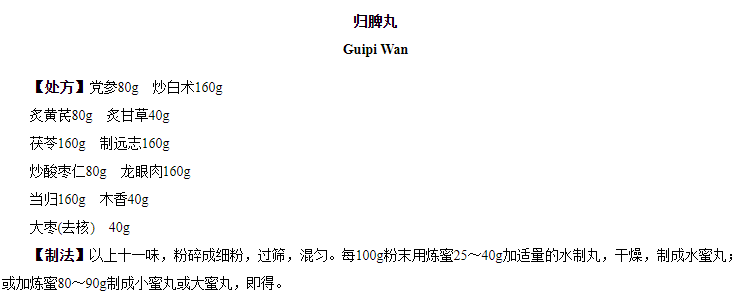 We can see that the method for making pills is very simple; it does not require decocting. The eleven herbs are crushed together and processed directly, which has the advantage of high production efficiency and low processing costs.However, there is a problem: pills contain the entire herbal material. When we decoct Chinese medicine, we actually only drink the medicinal broth, and the dregs are discarded. Pills, on the other hand, mean we consume the dregs as well.
We can see that the method for making pills is very simple; it does not require decocting. The eleven herbs are crushed together and processed directly, which has the advantage of high production efficiency and low processing costs.However, there is a problem: pills contain the entire herbal material. When we decoct Chinese medicine, we actually only drink the medicinal broth, and the dregs are discarded. Pills, on the other hand, mean we consume the dregs as well.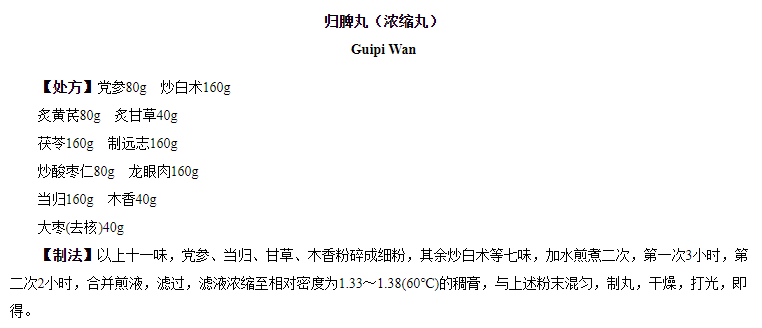 Next, let’s look at the method for making concentrated pills. This involves decocting the herbal materials, removing most of the dregs, and concentrating the remaining broth into a thick paste before forming pills. Some dregs will remain, but compared to ordinary pills, there are significantly fewer, and the processing is much more complex.
Next, let’s look at the method for making concentrated pills. This involves decocting the herbal materials, removing most of the dregs, and concentrating the remaining broth into a thick paste before forming pills. Some dregs will remain, but compared to ordinary pills, there are significantly fewer, and the processing is much more complex.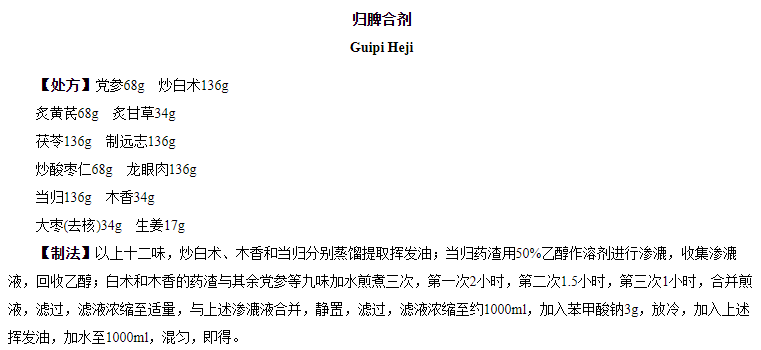 Finally, let’s examine decoctions, which have the most complex production process.For example, in Guī Pí Hé Jì, some active components of the herbs are in the volatile oils. If we decoct directly, the volatile oils will evaporate, and the medicine will lose its efficacy.This requires extracting the volatile oils first, then decocting the remaining materials, filtering, and ultimately leaving a broth without dregs.So, from a processing perspective, there is no doubt that the production process for decoctions is the most complex, and they are usually the most expensive. Both Guī Pí Wán and Guī Pí Hé Jì originate from the ancient formula Guī Pí Tāng (Gui Pi Decoction). As a liquid preparation, decoctions are closest to the ancient soup medicines and contain much less “dregs” than pills.In addition to the processing, there are also differences in efficacy among pills, concentrated pills, and decoctions. The excess “dregs” in pills need to be digested by the body, and some irrelevant components may enter the bloodstream, increasing the burden on the digestive tract and liver and kidneys.During the decoction process, some effective components are accelerated in dissolving from the herbs.Pills lack this step and rely entirely on the body’s digestion, which often diminishes their effectiveness.Pills dissolve and absorb more slowly in the digestive tract, making them more suitable for treating chronic diseases, and they cannot provide immediate effects.In contrast, concentrated pills, having undergone decoction, have effective components that are already dissolved, making them easier to absorb and faster to take effect than ordinary pills.This may overturn many people’s perceptions.Decoctions, being liquid preparations, are absorbed the fastest and are closest to soup medicines, often providing a more noticeable therapeutic effect for patients. For example, for insomnia caused by both heart and spleen deficiency, using a decoction can relieve insomnia faster than pills.By the time the entire digestion and absorption process of the pills is completed, several hours may have passed, making them more suitable for long-term regulation.Of course, this does not mean that decoctions are always better. Some herbs have very strong properties, and making them into pills allows for a slower onset, which the body may accept more easily.For example, some herbs like Dà Huáng (Rhubarb) are laxatives, and making them into pills is more friendly to the stomach and intestines, making them more suitable for the elderly.There is also a form that is between decoctions and pills, which is granules. They retain some “dregs” but are absorbed faster than pills and are also a common form of Chinese medicine.Therefore, which form of a medicine is appropriate depends on the properties of the medicine and the condition.There is also a simple way to distinguish: look at the source of the formula. If the earliest recorded formula in traditional Chinese medicine is a decoction, then a decoction is clearly more suitable; if the ancient formula is a pill, then pills are more appropriate; if the ancient record is a powder, then granules are more suitable.
Finally, let’s examine decoctions, which have the most complex production process.For example, in Guī Pí Hé Jì, some active components of the herbs are in the volatile oils. If we decoct directly, the volatile oils will evaporate, and the medicine will lose its efficacy.This requires extracting the volatile oils first, then decocting the remaining materials, filtering, and ultimately leaving a broth without dregs.So, from a processing perspective, there is no doubt that the production process for decoctions is the most complex, and they are usually the most expensive. Both Guī Pí Wán and Guī Pí Hé Jì originate from the ancient formula Guī Pí Tāng (Gui Pi Decoction). As a liquid preparation, decoctions are closest to the ancient soup medicines and contain much less “dregs” than pills.In addition to the processing, there are also differences in efficacy among pills, concentrated pills, and decoctions. The excess “dregs” in pills need to be digested by the body, and some irrelevant components may enter the bloodstream, increasing the burden on the digestive tract and liver and kidneys.During the decoction process, some effective components are accelerated in dissolving from the herbs.Pills lack this step and rely entirely on the body’s digestion, which often diminishes their effectiveness.Pills dissolve and absorb more slowly in the digestive tract, making them more suitable for treating chronic diseases, and they cannot provide immediate effects.In contrast, concentrated pills, having undergone decoction, have effective components that are already dissolved, making them easier to absorb and faster to take effect than ordinary pills.This may overturn many people’s perceptions.Decoctions, being liquid preparations, are absorbed the fastest and are closest to soup medicines, often providing a more noticeable therapeutic effect for patients. For example, for insomnia caused by both heart and spleen deficiency, using a decoction can relieve insomnia faster than pills.By the time the entire digestion and absorption process of the pills is completed, several hours may have passed, making them more suitable for long-term regulation.Of course, this does not mean that decoctions are always better. Some herbs have very strong properties, and making them into pills allows for a slower onset, which the body may accept more easily.For example, some herbs like Dà Huáng (Rhubarb) are laxatives, and making them into pills is more friendly to the stomach and intestines, making them more suitable for the elderly.There is also a form that is between decoctions and pills, which is granules. They retain some “dregs” but are absorbed faster than pills and are also a common form of Chinese medicine.Therefore, which form of a medicine is appropriate depends on the properties of the medicine and the condition.There is also a simple way to distinguish: look at the source of the formula. If the earliest recorded formula in traditional Chinese medicine is a decoction, then a decoction is clearly more suitable; if the ancient formula is a pill, then pills are more appropriate; if the ancient record is a powder, then granules are more suitable.
Source: Health Initiation
Related Links

-
Call for Papers for the “Grassroots Medication Experience” column in the journal “Exploration of Rational Drug Use in China”
-
Invitation for Contributions to the “Clinical Medication” column in the journal “Exploration of Rational Drug Use in China”
-
Invitation for Contributions to the “Rational Drug Use Popular Science” column in the journal “Exploration of Rational Drug Use in China”
-
Call for Submissions | @Storytellers Long-term collection of short videos on rational clinical medication
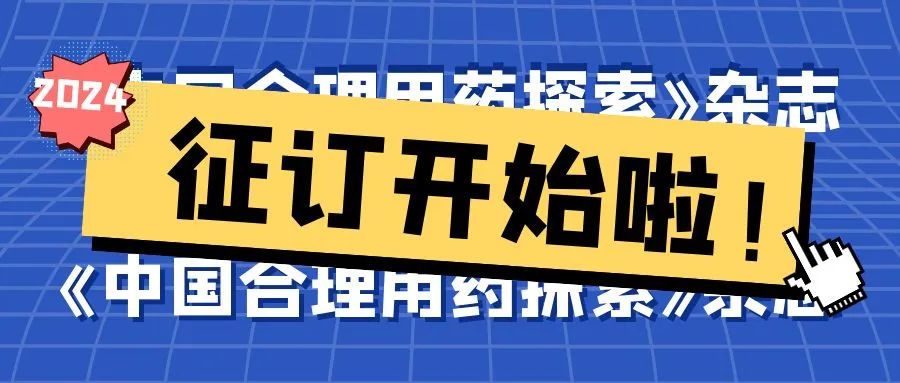
Frontiers in Pharmacology: Discussion of Typical Cases
Clinical Medication Guidance: Popular Science on Common Medications

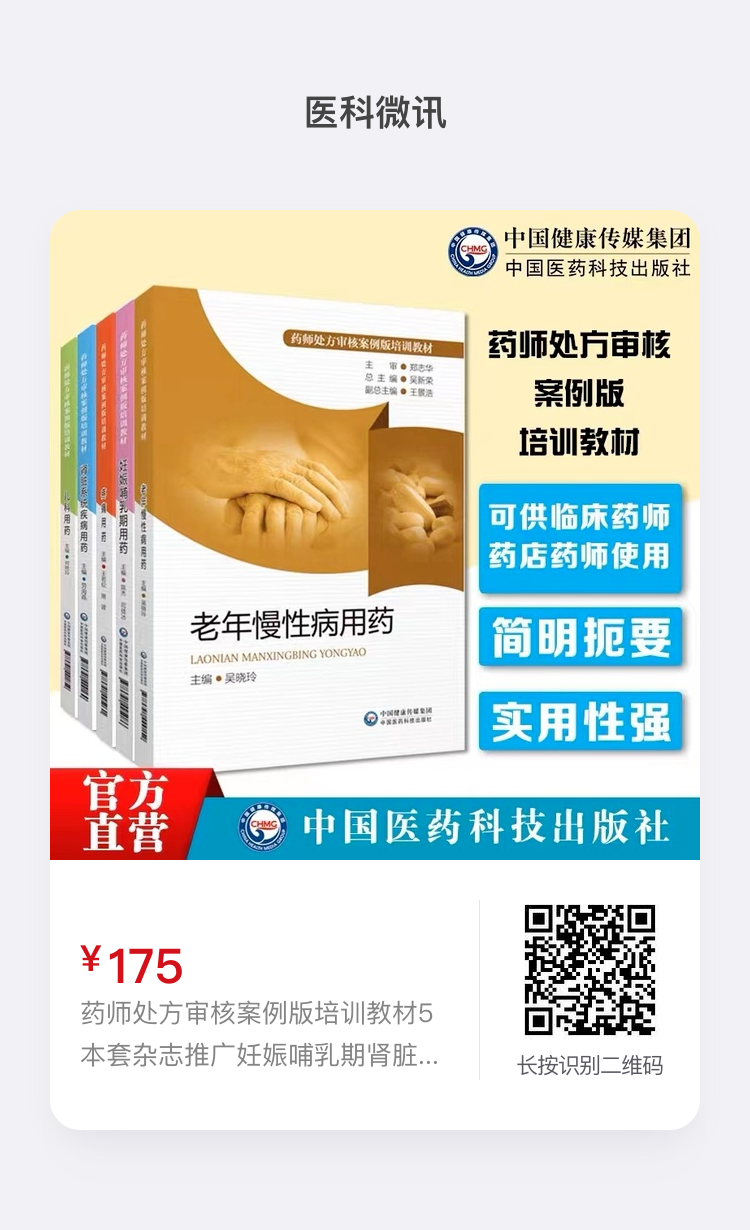
Journal of “Exploration of Rational Drug Use in China”
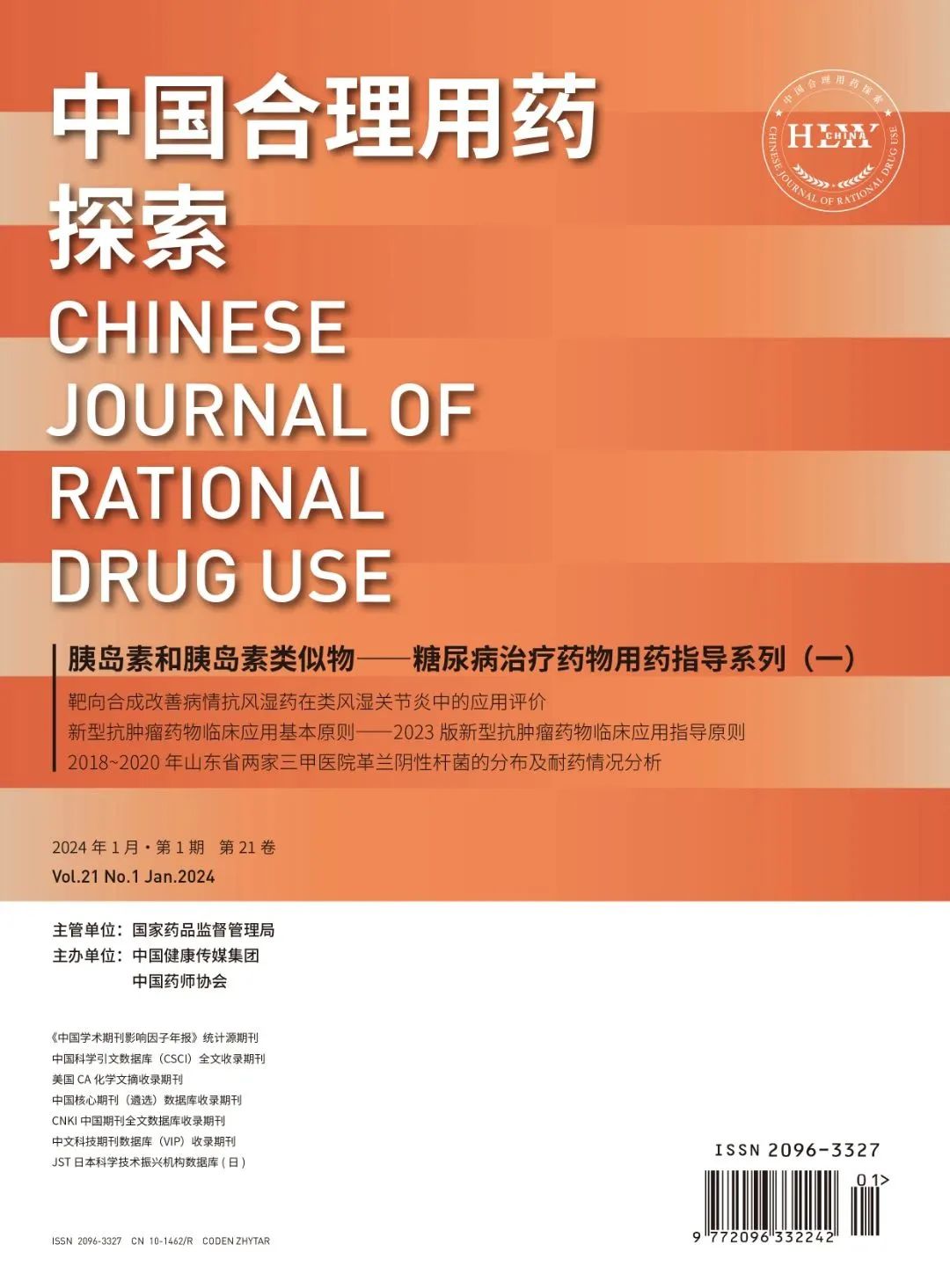
Former Name: “China Practicing Pharmacist”
Publication Frequency: Monthly
ISSN: 2096-3327
CN: 10-1462/R (Former CN: 11-5132/R)
Place of Publication: Beijing
Year of Establishment: 2003
The journal “Exploration of Rational Drug Use in China” (formerly “China Practicing Pharmacist”) was established in 2003 and is supervised by the National Medical Products Administration, co-sponsored by the China Health Media Group and the China Pharmacists Association. This journal is an RCCSE core academic journal in China, included in the Chinese Core Journals (Selection) Database, CNKI Chinese Journal Full-text Database, American Chemical Abstracts CA (2014), Chinese Science and Technology Journal Database (VIP), JST Japan Science and Technology Agency Database, and the American Ulrich’s Periodicals Directory (UPD).

